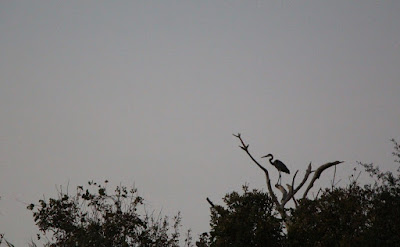Varadero is
often referred to as a city. It is
really a region consisting of a 12 mile long peninsula with the Atlantic Ocean
to the Northwest and Cardenas Bay to the south.
It is a center of tourism with dozens of posh all-inclusive
resorts.
There is a tourist centered
town where the peninsula joins the mainland.
A very different Cuba exists just a few miles from here.
Cuba is
still an agrarian nation. A Trip from
Varadero in the North to Cienfuegos and Trinidad in the South and through the
rain forest in the mountains will paint a more revealing picture of Cuba. You will pass fields of sugar cane. Sugar used to be the biggest industry but has
been replaced by tourism. There are
fields of corn, rice, herds of cattle and goats and sheep.
Banana trees abound everywhere as do coconut
palms. Pineapples, guava, fruta bomba (you
can’t call it “papaya” since that’s the local word for ladies’ private
parts). Tobacco is grown for those
prized Cuban cigars. Citrus is exported
to Japan but don’t expect to find limes in the market. Acres of lush, raised-bed truck gardens produce beets, radishes, lettuce, etc.
It is often said that Cubans are not allowed to own boats. In fact, they can. There is a vibrant fishing industry. However, fishermen are restricted to lagoons and inland streams and estuaries. It is possible to obtain a special license to fish in the ocean but for security purposes, fishing in the ocean is a closely monitored activity and offshore fishing and shrimping is done from state owned boats. On the other hand, Cubans can spearfish or surf-fish in the ocean.
Outside the cities, horses and horse drawn carts and wagons often outnumber automobiles. Cars are expensive and a 1980s Russian Lada can fetch $14,000.
Outside the cities, horses and horse drawn carts and wagons often outnumber automobiles. Cars are expensive and a 1980s Russian Lada can fetch $14,000.
Nearly everywhere you go, you see signs extolling the virtues of
Socialism and the Revolution.
On the side of the roads you will find fruit and vegetable stands where you can buy bananas, pineapples, honey and so on.
Most
people that we met have been quick to say that things are much better for them
today. While socialism has provided free
education and free health care for years, employment has been scarce. Today, thanks to tourism, many more jobs are
available. Even so, it is common to find
people with university degrees doing things completely unrelated to their
education. In addition to more jobs, it
is now possible for people to own private businesses. While life is better for city dwellers, it
remains largely unchanged in the rural parts of the country. This becomes evident as soon as you drive a
few miles out of the city. Homes become
smaller and shabbier.
So
Cuba has two faces and they’re both beautiful.
Regardless of whether you are in a city or in the countryside, everyone
is friendly, happy and willing to help.







































